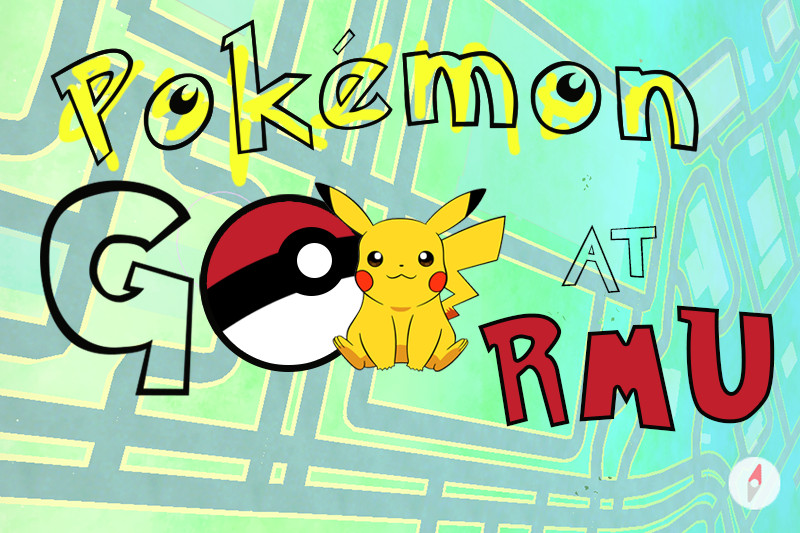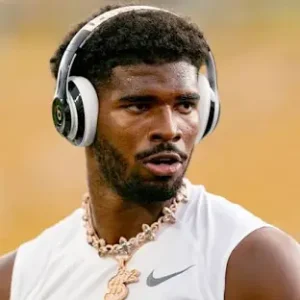Pocket Monsters Go to College
pokemon
August 31, 2016
While February 27, 1996 was the birth of a major worldwide franchise, two decades later, technology has helped the Pokémon madness engulf the entire human race. An application developer, Niantic, Inc., made it possible to bring these lovable, virtual creatures to life on everybody’s smartphone. Before “Pokémon GO,” people could only dream of catching their own, but with this new app, they now can–giving players the opportunity to be more engaged in this virtual world. The app shows all of the Pokémon around you with a screen that resembles a GPS. Once the creatures are found, the player then travels to the area–where they are able to catch them.
While it may be confusing at first, there are some basics that help you understand the concept. For example, there are eggs at Pokestops that can be collected, but in order for them to hatch, the player must walk a certain number of kilometers. This connection between physical activity, goals and rewards provides motivation to achieve the wanted results in the app and in life, too. With physical activity being rewarded, GO gets gamers outdoors, so they do not fall under the spell of video games and stay indoors all day with no type of exercise.
While it can be played alone, the teams feature creates friendly competition, partnership and a sense of community between the participant “trainers.” The game can have its downsides; for one, it uses the smartphone’s GPS, which could make it easier for the user to be tracked by strangers. There have also been incidents where the owners of property where the Pokémon have been located find trespassers who are trying to catch them. Another downside is the potential distraction while driving and using the app, which can lead to serious injury or even death.
GO has made its way to Robert Morris just as it has to the rest of the world with fans all over campus. One of those is Jesse Bredholt, an RMU student, who thinks that the teams feature makes the adventure more interesting.
“There’s not very much player vs player in the game without the teams,” Bredholt said.
“Pokémon GO” has brought positive results to its owner–reportedly earning $211 million according to Money Nation, which is remarkable given that the original games only made a total of $210 million according to Kotaku, a website that tracks the video gaming industry. This not only has to do with the fact that we are more dependent on technology, but it is more easily accessible and at our fingertips. Players can pull a phone from their pockets when they have a free moment and open up the free app rather than bringing out a console and putting the disc in.
Millennials got a nostalgic reunion with their Pocket Monsters when “Pokémon GO” made its way into the world. For dedicated aficionados like Bredholt, they were able to gain an edge by getting in front of his competitors, and they have not looked back.
“I started playing a day before it came to the US,” Bredholt said.












